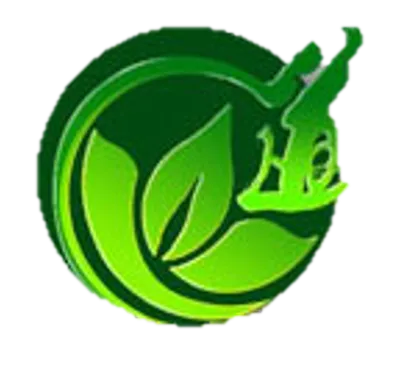Thyroiditis
Thyroiditis – A Traditional Chinese Medicine Perspective
Balancing Fire, Dispersing Stagnation, and Nourishing the Root
Thyroiditis refers to inflammation of the thyroid gland, and it can present in various forms—subacute, autoimmune (e.g., Hashimoto’s), or silent. Symptoms may include neck swelling or tenderness, fatigue, mood swings, temperature sensitivity, changes in appetite, or fluctuations between hyperthyroid and hypothyroid symptoms. In Traditional Chinese Medicine (TCM), thyroiditis is not defined by inflammatory markers but is interpreted as a complex disorder involving Phlegm, Fire, Qi stagnation, and underlying organ deficiency—especially in the Liver, Spleen, Kidney, and Heart systems.TCM treatment for thyroiditis emphasizes pattern differentiation, aiming to relieve acute symptoms while correcting the underlying disharmony that made the gland vulnerable to inflammation in the first place.
🔹 TCM Understanding of Thyroiditis
In TCM, the thyroid region is part of the Ren (Conception) and Stomach meridians, and the formation of pain, swelling, or dysfunction in the area usually involves Qi stagnation, Phlegm retention, Fire, or Blood stasis. Over time, these factors may arise from Liver constraint, Spleen weakness, Kidney Yin deficiency, or emotional stress.The approach depends on whether the presentation is acute and excess, or chronic and deficient.
🔹 Common TCM Patterns and Treatment Approaches
✅ Qi Stagnation and Phlegm Accumulation
Common in early-stage or subacute thyroiditis with swelling or fullness in the neck, especially under emotional stress or lifestyle imbalance.Symptoms: Neck tightness, distending pain, irritability, mood swings, sensation of something stuck in the throat (plum-pit Qi), chest oppression
Treatment Principle: Soothe the Liver, move Qi, transform Phlegm
✅ Liver Fire with Phlegm and Heat
This pattern involves intense inflammation, heat, and irritability. It may appear in patients with a strong constitution and emotional frustration.Symptoms: Red, swollen thyroid gland, rapid heartbeat, heat sensations, dry mouth, anxiety, insomnia
Treatment Principle: Clear Liver Fire, resolve Phlegm, and cool the Blood
✅ Kidney Yin Deficiency with Empty Fire
Seen in chronic autoimmune thyroiditis (e.g., Hashimoto’s), where there is gradual tissue damage and hormonal imbalance due to Yin depletion and internal Heat.Symptoms: Fatigue, dry throat, red cheeks, night sweats, weight gain or loss, heat in the palms and soles, anxiety
Treatment Principle: Nourish Kidney Yin, clear Empty Heat, and support thyroid regulation
✅ Spleen Qi Deficiency with Dampness and Phlegm
This chronic pattern results in the formation of Phlegm masses and fatigue, often seen after long-term stress, poor digestion, or constitutional weakness.Symptoms: Cold limbs, fatigue, poor appetite, loose stool, soft neck swelling, brain fog
Treatment Principle: Tonify Spleen Qi, transform Damp, and resolve nodules
🔹 Additional Therapies
Moxibustion: Helpful in chronic, cold-type thyroiditis to warm Yang and disperse Phlegm
Gua Sha or local cupping: May be used gently in early swelling stages to improve circulation
Emotional support: Since Liver Qi stagnation is often a key factor, stress management through qigong, meditation, or acupuncture is essential
🔹 Dietary Recommendations
Avoid cold, raw, dairy-heavy, or greasy foods (which produce Phlegm)Favor warm, cooked foods that support the Spleen and Kidney, such as congee, ginger, mushrooms, black sesame, and seaweed in moderation
Limit caffeine, alcohol, and spicy food during flares
Support regular digestion and bowel movements to prevent internal accumulation
✅ Conclusion
From the perspective of TCM, thyroiditis is not simply an inflamed gland but a reflection of internal disharmony involving Phlegm, Fire, Qi stagnation, and Yin deficiency. With individualized treatment based on pattern differentiation, TCM provides a holistic, root-level approach to reducing inflammation, regulating thyroid function, and restoring systemic balance through herbal medicine, acupuncture, dietary therapy, and emotional regulation.
